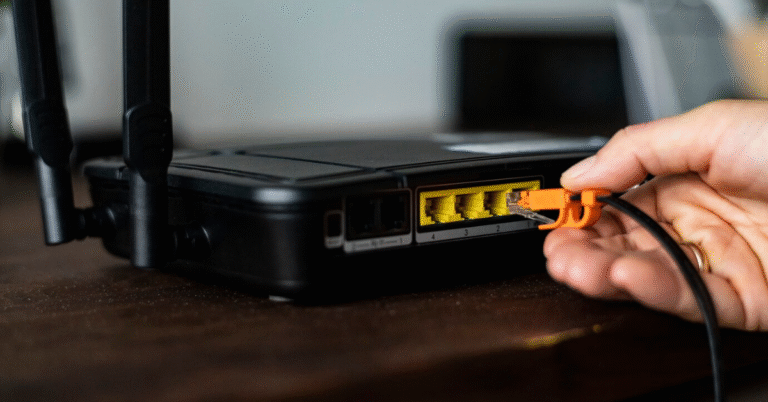Gravitic Propulsion System: A New Era in Fuel-Free Spaceflight
For over a century, our exploration of space has relied on engines that burn fuel to push spacecraft through the void. While powerful, these systems are heavy, limited by fuel capacity, and inherently inefficient for deep space missions. But what if we could move through space—without fuel? That’s the bold promise of the Gravitic Propulsion System: a revolutionary concept that uses gravity itself as a method of movement. It sounds like science fiction, yet modern science is gradually catching up to this visionary idea.
Understanding Gravitic Propulsion System
At its core, gravitic propulsion system proposes a radical idea: instead of expelling mass to move forward (like rockets do), a spacecraft could manipulate gravitational fields to generate thrust. No fire. No exhaust. Just pure motion through the bending of space itself.
While this concept is still in the experimental stage, it’s being taken seriously in certain corners of the scientific and defense communities.
The Spark of Discovery: Townsend Brown’s Experiments
The early seeds of this concept can be traced back to T. Townsend Brown in the 1920s. Brown discovered that when a high-voltage electric current was applied across asymmetrical capacitors, the system experienced a subtle push in a specific direction.
This effect—later dubbed the Biefeld-Brown effect—was believed by Brown to hint at a connection between electricity and gravity. While mainstream science remained skeptical, Brown’s work inspired generations of alternative propulsion theorists.
How Is It Different from What We Use Today?
Let’s contrast gravitic propulsion with conventional propulsion systems:
| Feature | Traditional Engines | Gravitic Systems |
| Fuel Required | Yes | No |
| Thrust Mechanism | Expelled gas | Gravity manipulation |
| Efficiency | Limited by fuel | Potentially limitless |
| Emissions | High | None |
| Sound | Loud | Silent |
Gravitic systems wouldn’t rely on combustion, making them cleaner, quieter, and potentially far more efficient over long distances.
Breakthrough Moments and Modern Curiosity
Several significant developments have renewed interest in gravity-based propulsion:
- Electrogravitics Resurgence: Initial research began in the mid-20th century and picked up again in the 2000s.
- Podkletnov’s Superconductor Experiments: In the ’90s, Russian scientist Eugene Podkletnov claimed rotating superconductors reduced gravitational pull—controversial, but intriguing.
- NASA’s Quest for Exotic Propulsion: Through initiatives like the Breakthrough Propulsion Physics Program, NASA has explored ideas like space-time manipulation and inertia control.
- U.S. Navy’s Gravity Tech Patents: Filed by Salvatore Pais, these suggest potential devices for reducing mass and generating gravity waves.
Is Gravity the Next Frontier of Propulsion?
Gravitic propulsion rests on the idea that gravity isn’t just a force—it’s a fabric we might be able to twist, stretch, or fold. Theoretical frameworks that support this include:
- Einstein’s General Relativity, which shows space and time can be bent by mass.
- Quantum Gravity Theories, which suggest gravity may be transmitted by hypothetical particles like gravitons.
- Zero-Point Energy, the idea that even empty space is teeming with usable energy.
Though largely unproven, these ideas are forming the foundation for future experimental propulsion.
Where Theory Meets Skepticism
Not everyone is convinced. Challenges facing gravitic propulsion research include:
- Lack of repeatable results in lab settings
- Unclear causality—is observed motion due to gravity manipulation or something more mundane like ionic wind?
- Insufficient peer-reviewed validation
- Misinterpretations of high-voltage electrical effects
However, even skeptics acknowledge the need for open inquiry—some of today’s fringe ideas
Practical Applications If (or When) It Works
If gravitic propulsion can be made viable, the implications are enormous:
- Mars in Weeks: Long-distance missions could become dramatically shorter.
- Fuel-Free Satellites: Lifespans would increase, and repositioning would be effortless.
- Deep Space Probes: Could reach the outer planets—or even neighboring stars—within a human lifetime.
- Earth-Based Hovercrafts: Vehicles without engines, gliding on gravity.
Technical and Engineering Obstacles
While the potential is massive, several technical roadblocks stand in the way:
- High Energy Demands: These systems would likely require superconductors and massive voltage.
- Exotic Materials: Few materials can handle the stress or conditions needed for gravity manipulation.
- Stability and Control: Steering a gravity-powered craft is vastly more complex than a fuel-powered one.
- Unknown Side Effects: Interacting with gravity fields could affect nearby electronics, people, or even weather systems.
Conclusion
Gravitic propulsion isn’t just a dream—it’s a vision that grows more plausible as science evolves. From dusty lab notebooks to government patents, gravity-based propulsion is inching from theory to reality.
We’re not there yet—but the pieces are beginning to come together.
If realized, this technology could usher in a golden age of clean, limitless, and ultra-fast space exploration—changing how we see travel, technology, and even the universe itself.
FAQs
Q: Is gravitic propulsion currently possible?
Not yet. The theories exist, but practical, verified applications are still on the horizon.
Q: What is the Biefeld-Brown effect?
It’s the claimed movement of a charged capacitor in an electric field, possibly hinting at electrogravitic forces.
Q: Are governments studying this?
Yes. Declassified documents and patents from agencies like the U.S. Navy point to serious exploration.
Q: Can we expect real spacecraft using this soon?
Unlikely in the next decade. But early prototypes or small-scale tests may emerge within a generation.
Q: What makes this tech so controversial?
It challenges long-held physics assumptions and lacks consistent experimental proof—so far.







